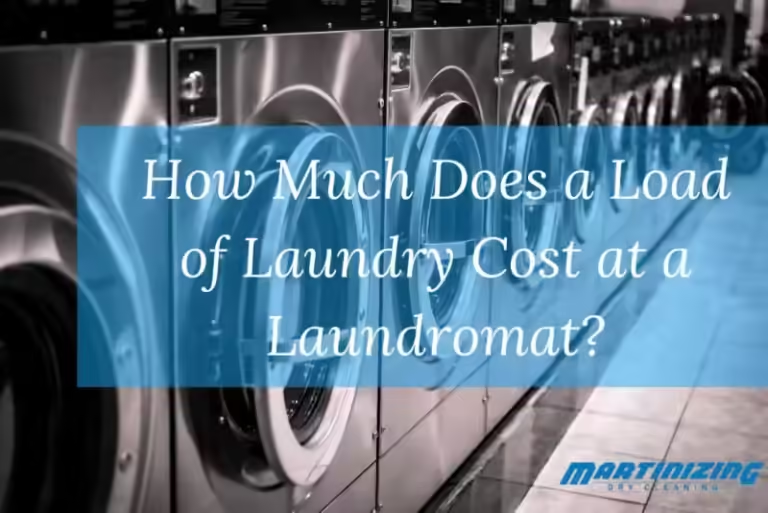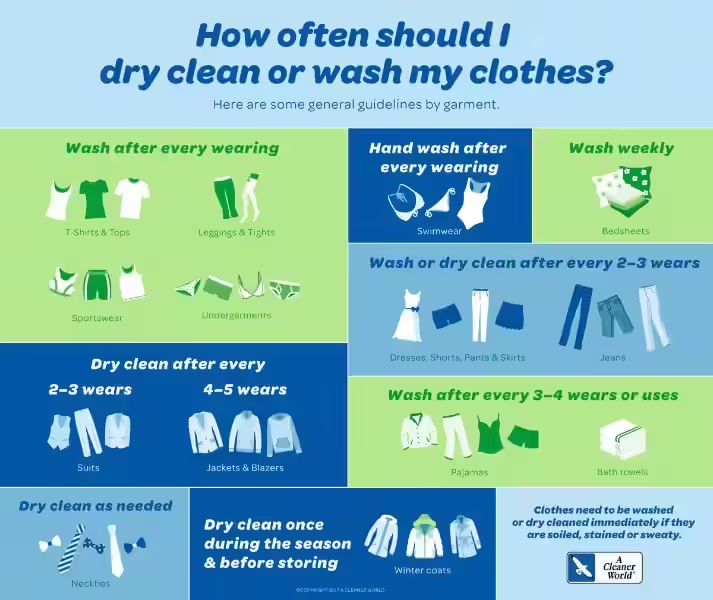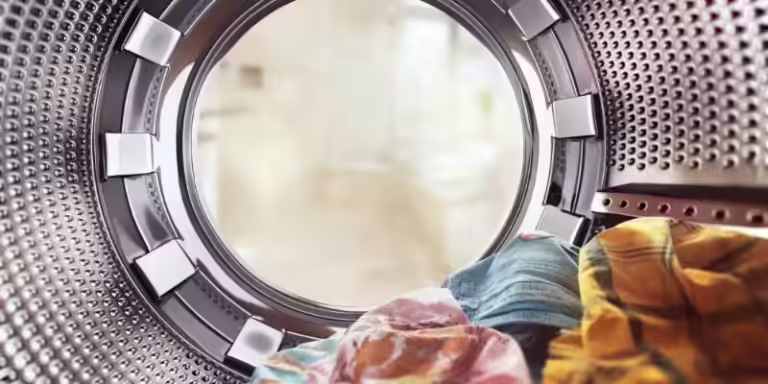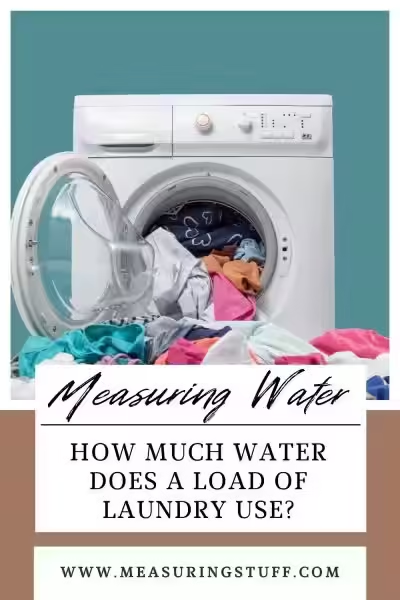How Much Does It Cost to Do Laundry at Home?

In today's world, where every penny counts, it's crucial to understand the costs associated with everyday activities. Laundry, a seemingly mundane chore, can quickly add up if you're not mindful of your spending habits. While the convenience of a laundromat may seem appealing, doing laundry at home can be significantly more budget-friendly. In this comprehensive guide, we delved into the various factors that influence the cost of doing laundry at home and uncover strategies for maximizing savings.
Breaking Down Laundry Costs: Equipment, Operation, Maintenance, and Time
The cost of doing laundry at home is influenced by various factors, and it's essential to understand each component to make informed decisions. Let's dissect the key areas that contribute to the overall cost:
1. Equipment Costs: The Foundation of Your Laundry Setup
The first major expense is the purchase or rental of essential equipment: washing machines and dryers. These appliances can range in price from a few hundred dollars to several thousand, depending on brand, model, and energy efficiency. High-end models with advanced features like steam cleaning or smart technology may come with a heftier price tag but can offer significant savings in the long run. If you're not ready for a full commitment, renting a washing machine and dryer is an alternative, but keep in mind that rental fees can add up over time and may not be the most resource-efficient option.
2. Operating Costs: The Ongoing Expenses of Keeping Laundry Running
Beyond the initial equipment investment, there are ongoing operating costs associated with doing laundry. These include electricity consumption, water usage, laundry products like detergent, fabric softener, and bleach, and any additional supplies like stain removers or dryer sheets. The cost of these items can vary significantly based on factors like your location, the energy efficiency of your appliances, and your personal preferences for laundry products. Remember, using cold water instead of hot water can save you money on energy bills, and choosing energy-efficient appliances reduces electricity consumption.
3. Maintenance Costs: Keeping Your Laundry Equipment in Top Shape
Maintaining your laundry equipment is crucial for extending its lifespan and preventing costly repairs. This includes regular cleaning, like wiping down the interior of your washing machine to prevent mildew buildup, and periodic maintenance checks. Depending on the age and brand of your appliances, you may need to budget for occasional repairs or replacements. Extended warranties or service contracts can provide peace of mind and potentially reduce repair costs in the long run. Regular maintenance and preventative measures can help minimize maintenance expenses and keep your laundry equipment running smoothly for years to come.
4. Time and Effort: The Hidden Costs of Doing Laundry
While not a direct financial expense, the time and effort involved in doing laundry should be considered. It takes time to sort clothes, load and unload the washing machine and dryer, and fold and put away clean laundry. For busy individuals or those with mobility limitations, the time commitment of doing laundry can be significant. You might also consider the potential health and safety aspects of doing laundry, such as ensuring proper ventilation to prevent mold growth and checking for leaks to avoid water damage.
Cost-Saving Strategies: Making Home Laundry Budget-Friendly
Now that we've explored the components of laundry costs, it's time to delve into strategies for making your home laundry routine more budget-friendly. Here are some practical tips to help you minimize expenses:
1. Invest in Energy-Efficient Appliances: A Long-Term Investment
Investing in energy-efficient appliances is a wise move for long-term savings. Look for appliances with the ENERGY STAR label, which indicates that they meet specific energy efficiency standards. Front-loading washing machines are generally more efficient than top-loading models, using less water and electricity per load. Although these appliances may cost more upfront, the savings they provide over time will offset the initial investment.
2. Embracing Cold Water Washing: A Simple Way to Save Energy
Washing clothes in cold water instead of hot water is a simple yet effective way to save energy and reduce your water heating costs. Most laundry detergents are designed to work effectively in cold water, so you won't sacrifice cleaning power. This simple change can significantly reduce your energy consumption and save you money on your utility bills.
3. DIY Laundry Detergent: A Cost-Effective Solution
Creating your own laundry detergent can be a cost-effective alternative to commercial brands. There are numerous recipes online using readily available ingredients like baking soda, borax, and grated soap. This approach allows you to customize your detergent to meet your specific needs and potentially save money in the long run.
4. Use Fewer Laundry Products: Reducing Reliance on Additives
Consider reducing your reliance on fabric softener and other laundry additives. These products can add unnecessary expense to your laundry budget. Many fabrics don't require fabric softener, and you can often achieve similar results by using a vinegar rinse. Reducing the use of these additives can save you money and potentially minimize the environmental impact of laundry.
Conclusion: Home Laundry vs. Laundromat - Choosing the Right Path
While laundromats offer convenience and may be a suitable option for those without access to a washer and dryer, doing laundry at home can be more budget-friendly and environmentally conscious. By adopting energy and water-saving techniques, choosing cost-effective supplies, and investing in efficient appliances, you can minimize your laundry expenses and contribute to sustainable practices. Ultimately, the choice between home laundry and laundromat depends on your individual needs, preferences, and budget constraints.
How much does it cost to do laundry at home?
What are the main costs involved in doing laundry at home?
The main costs involved in doing laundry at home are the purchase or rental of a washing machine and dryer, the operating costs (electricity, water, detergent, fabric softener), and the cost of maintenance.
How much does it typically cost to buy a washing machine and dryer?
The cost of a washing machine and dryer varies depending on the brand, model, and energy efficiency. You can expect to spend anywhere from a few hundred dollars to over a thousand dollars for each appliance.
How much does it cost to operate a washing machine and dryer?
The cost of operating a washing machine and dryer depends on the appliance's energy efficiency, the cost of electricity and water in your area, and how often you do laundry. On average, it costs about $1.37 per load to do laundry at home.
How can I reduce my laundry costs?
There are several ways to reduce your laundry costs, such as using cold water, air-drying clothes, and buying detergent in bulk. You can also invest in energy-efficient appliances.








